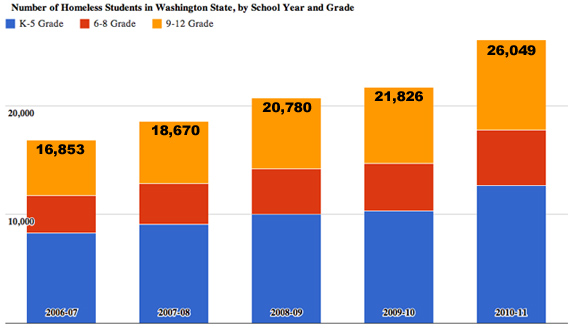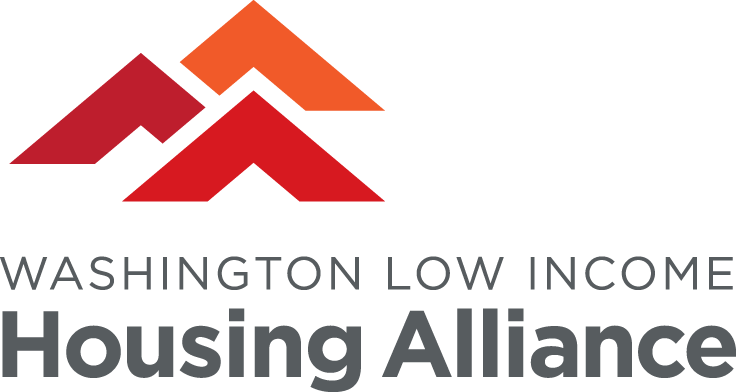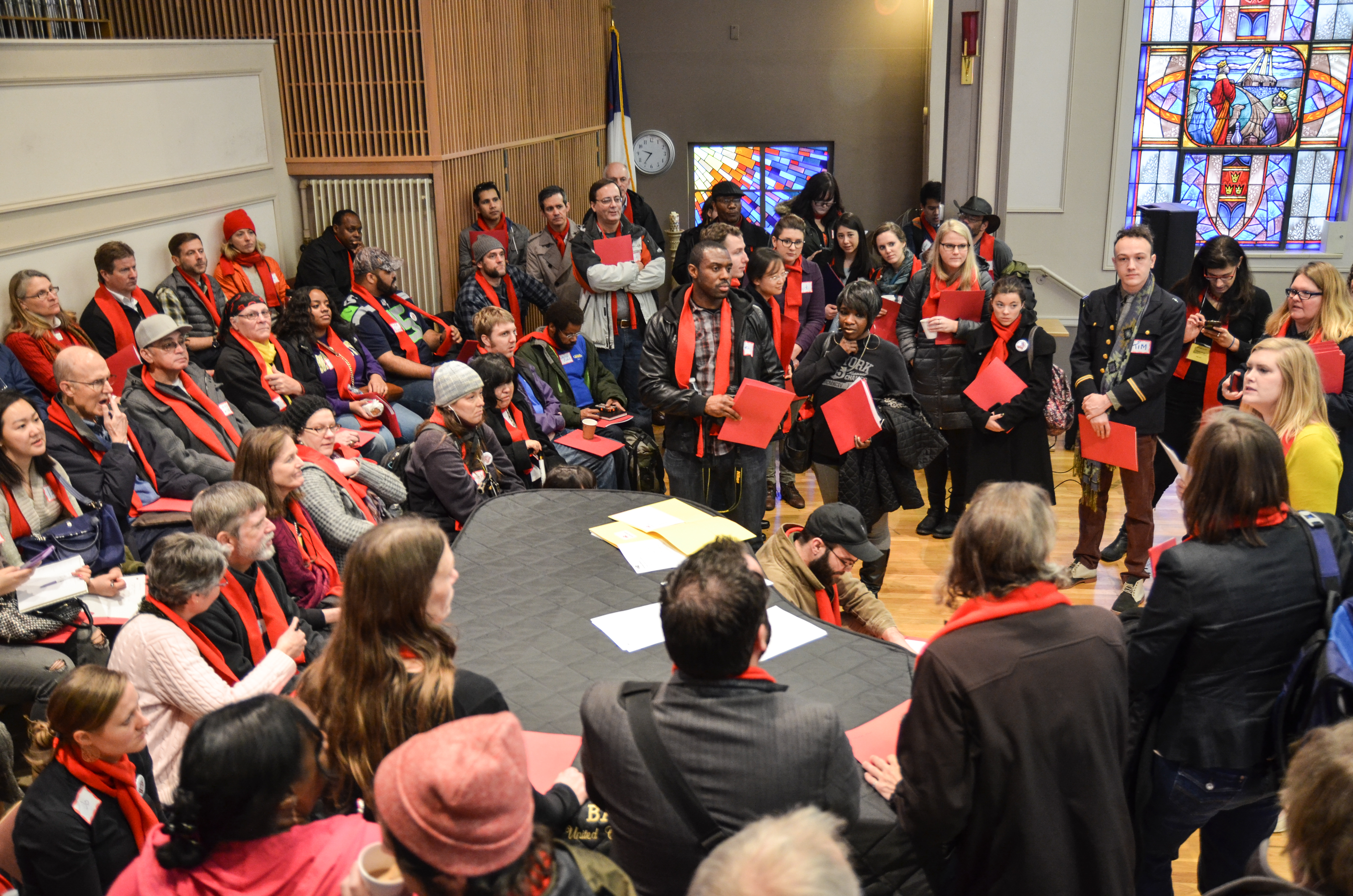Recent Blog Posts
This is a guest post by Katara Jordan, Attorney at Columbia Legal Services.
Schools play a critical role in the fight to end homelessness. Public schools are often the first to notice that students are hungry, wearing the same clothes day-to-day, unstable, or have gaps in skill development. Teachers often know about students who are moving around frequently, whose families are being evicted, or who consistently have incomplete or missing homework. Because schools see children for so much time every day, they are in a unique position to help mitigate the devastating challenges that come along with homelessness – such as food insecurity, high mobility, poor physical and emotional health, and missed educational opportunities.
The federal law that protects these students, the McKinney-Vento Homeless Education Assistance Improvements Act (“McKinney Vento”), makes a powerful difference in educational outcomes for students. Students are considered homeless under McKinney-Vento if they “lack a fixed, regular, and adequate nighttime residence.” McKinney-Vento has the broadest definition of homelessness under federal law. Its breadth encourages the identification of children and youth as soon as they become homeless and recognizes the variety of difficult living circumstances that often typify homelessness.
We recently completed a county analysis of student homelessness in Washington State, and were shocked at our core findings: 30 counties have a student population greater than 2%, 23 counties have seen student homelessness increase by more than 50%, and 52% of homeless students are in Clark, King, Pierce, Snohomish, and Spokane. We were even more alarmed when we examined trends in student homelessness over the last four years. Since 2006-07 – the first school year that data was collected on student homelessness – the count of homeless students rose by 55% [see graph below]. In 2010-11, there were 26,049 homeless students, which equates to approximately 1 in 40 students being identified as homeless. Sadly, the trends in Washington are not an anomaly. According to a recent report by the U.S. Education Department, the number of homeless students in America just topped one million.
These findings not only underscore the important role that schools have played and continue to play in combatting student homelessness, but also highlight the need for more local affordable housing options for families and more local shelter options for youth.
If you are interested in finding out more about SchoolHouse Washington and additional information on these findings, please visit www.schoolhousewa.org. Schoolhouse Washington is a component of the Columbia Legal Services Homeless Education Project (“HEP”). The HEP seeks to raise awareness about student homelessness and effect change through multiple advocacy strategies such as policy advocacy, systemic litigation, research, public education and collaboration with governmental and nongovernmental community partners. The HEP created SchoolHouse to provide schools, providers, families, and community advocates with readily accessible information on strategies to meet the educational needs of students experiencing homelessness in Washington State.

Katara Jordan is an Equal Justice Works Fellow working out of the Seattle office on Homeless Education issues. Her work focuses on ensuring education stability. She is a 2010 JD/MSW graduate of the University of Washington and has worked with children, youth, and homeless individuals, in a number of capacities.


Add new comment